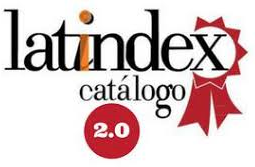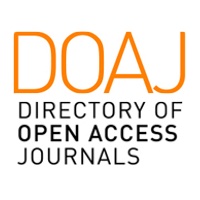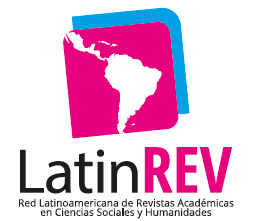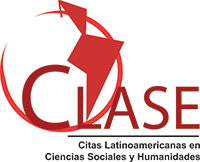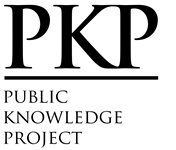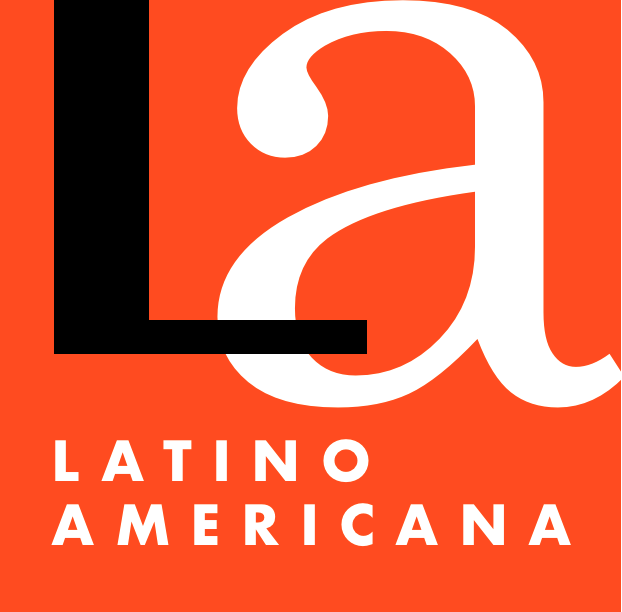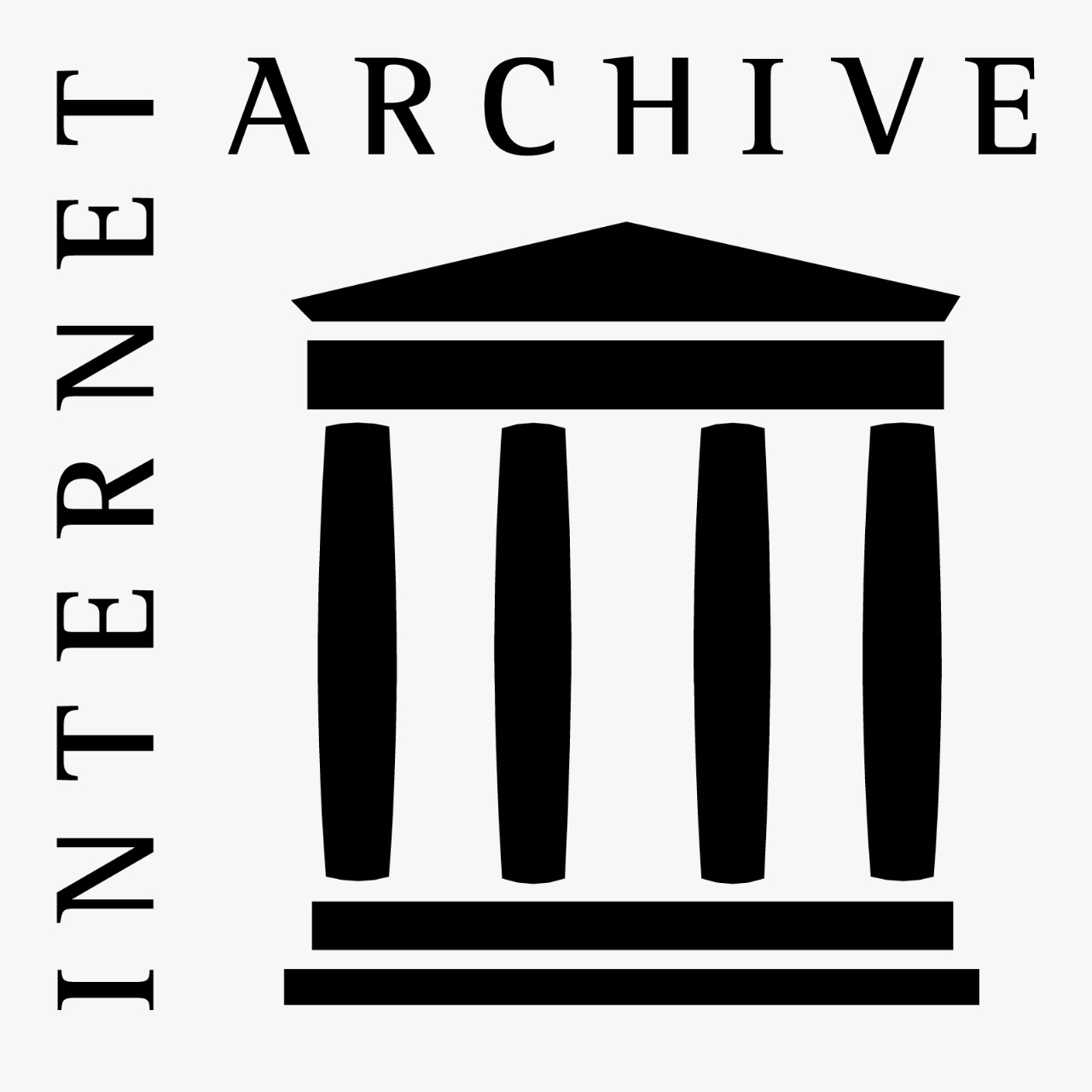The critical possibilities of montage in post-dictatorial and platformized culture
Approaches to the imaginary in times of scrolling
DOI:
https://doi.org/10.26422/aucom.2026.1501.capKeywords:
montage, imaginary, post-dictatorship, platformization, perceptionAbstract
This article formulates epistemological, conjunctural and theoretical-methodological questions arising from a concrete research practice, and is structured in three sections that take up these questions. The first offers a conceptualization of the imaginary situated in its specific materiality and in its links with the ideological, based on contributions from philosophy and psychoanalysis. It proposes a work with images that takes them as a privileged material for the capture of affective elements in which the subjective and the social are intertwined. The second section offers a diagnosis of the transformations in the imaginary relationship of subjects with their material conditions of existence, read from the platforming and post-dictatorial turn of culture. In particular, the implications of a historical transformation of the massive forms of perception, starting from the practice of scrolling, are studied. Finally, the third section develops the conjecture that we are witnessing a dispute in the forms of montage, between what we call algorithmic montage and critical montage, understood as a practice of knowledge production. Throughout the article, suggestions are made for a concrete approach to the imaginary and for the realization of critical assemblages based on the question of how to produce images that dislocate the presentist temporality of the permanent and confirmatory flow of the scrolling. It is concluded that from the social sciences it is possible to carry out a critical montage that destabilizes the dominant forms of looking and of what we are given to see. It is a question of investigating in the plane of combinatorics, selections and relations between elements that foreshadow new forms of imagination of the social.
Downloads
References
Althusser, L. (1968). La revolución teórica de Marx. Siglo XXI.
Althusser, L. (2015). Sobre la reproducción. Akal.
Benjamin, W. (2018). Estética de la imagen. La Marca Editora.
Britos, C. (2022). “En los bordes de lo visible. Hacia un materialismo de la percepción en Althusser y Lacan”. Actas IV Coloquio Internacional Louis Althusser. IIGG-UBA/FaHce-UNLP, Buenos Aires, Argentina.
Caletti, S. (2007). Decir, autorrepresentación, sujetos. Tres notas para un debate sobre política y comunicación. Versión, 17, 19-78. https://versionojs.xoc.uam.mx/index.php/version/article/view/259.
Caletti, S. (2011). Subjetividad, política y ciencias humanas. Una aproximación. En Caletti, Sergio (coord.), Sujeto, política, psicoanálisis (pp. 17-94). Prometeo.
Caletti, S. (2012). Usos de lo imaginario. En: Buenfil, R. Fuentes, S. y Treviño, E. (comps.), Giros teóricos II. Diálogos y debates en las ciencias sociales y humanidades (pp. 77-91). UNAM.
Caletti, S. (2019). Ariadna. Para una teoría de la comunicación. UNQ.
Caputo, M. (2025). El problema de la imagen en las redes sociales. Scrolleo, montaje algorítmico y trolls en tiempos de resentimiento. Revista de Estudios Sociales, 94. https://revistas.uniandes.edu.co/index.php/res/article/view/11233/11095
Caputo, M. (2024a). De regreso a Frankfurt (desde Frankfurt): Crítica comunicacional de la plataformización de la cultura. Hipertextos, 12(21), 082. https://doi.org/10.24215/23143924e082
Caputo, M. (2024b). La dimensión ideológica y subjetiva de la plataformización de la vida social. Pléyade. Revista de Humanidades y Ciencias Sociales, 32 (enero), 181-203. https://www.revistapleyade.cl/index.php/OJS/article/view/411
Casullo, N. (1995). Los náufragos de la crítica. Mapa nocturno, 6.
Didi-Huberman, G. (2012). Arde la imagen. Ediciones Ve y Fundación Televisa.
Escobar, T. (2015). Imagen e intemperie. Las tribulaciones del arte en los tiempos del mercado global. Capital Intelectual.
Escobar, T. (2020). Aura latente. Estética / Ética / Política / Técnica. Tinta Limón.
Fisher, M. (2021). Realismo capitalista. ¿No hay alternativa? Caja Negra.
Foucault, M. (2015). La arqueología del saber. Siglo XXI.
Glozman, M. (2022). Análisis materialista del discurso y método warburguiano. Hacia una propuesta para el montaje de archivos textuales. ARJ – Art Research Journal: Revista De Pesquisa Em Artes, 9(1). https://doi.org/10.36025/arj.v9i1.29645.
Gorelik, A. (2004). Miradas sobre Buenos Aires. Historia cultural y crítica urbana. Siglo XXI.
Gorelik, A. (2008). El romance del espacio público. Alteridades, 18(36), 33-45. https://alteridades.izt.uam.mx/index.php/Alte/article/view/196
Groys, B. (2023). Devenir obra de arte. Caja Negra.
Haber, A. (2016). Al otro lado del vestigio. Políticas del conocimiento y arqueología indisciplinada. Universidad del Cauca, Sello Editorial.
Hernández, S. (2024). “Basurales en la cuna del país”. La espacialización ideológica del conflicto urbano (Buenos Aires, 1979-1982). Estudios Sociales, 2(67), e0091. https://doi.org/10.14409/es.2024.67.e0091
Massey, D. (2012). Espacio, lugar y política en la coyuntura actual. Urban (04), 7-12. http://polired.upm.es/index.php/urban/article/view/1864.
Negro, A. (2025). Comunicación, ciudad, ideología. Hacia un análisis de lo imaginario urbano en tiempos de neoliberalización. Avatares de la Comunicación y la Cultura, 29, 1-20. https://doi.org/10.62174/avatares.2025.10280
Poell, T., Nieborg, D. y van Dijck, J. (2019). Platformisation. Internet Policy Review, 8(4). https://doi.org/10.14763/2019.4.1425.
Rancière, J. (2023). El espectador emancipado. Ediciones Manantial.
Rendueles, C. y Useros, A. (2010). Atlas Walter Benjamin. Círculo de Bellas Artes.
Romé, N. (2019). Prólogo. Contra la neoliberalización de nuestra coyuntura. En Romé, N. y Collazo, C. (comps.) Para una crítica de la neoliberalización. Aportes de la teoría de la ideología a la investigación en comunicación (pp. 11-33). Imago Mundi.
Romé, N. y Terriles, R. (2023). Lo postdictatorial. Sobre la neoliberalización del vínculo entre política, cultura y comunicación. Avatares de la Comunicación y la Cultura, 26. http://id.caicyt.gov.ar/ark:/xf8rjjlwr.
Schwarzböck, S. (2016). Los Espantos. Estética y Postdictadura. Cuarenta Ríos.
Sosa, M. (2009). Sujeto y política: ¿La lógica del fantasma? Psikeba [fuera de línea].
Soto Calderón, A. (2022). Imaginación material. Metales Pesados.
Srnicek, N. (2018). Capitalismo de plataformas. Caja Negra.
Vogl, J. (2023). Capital y resentimiento. Una breve teoría del presente. Adriana Hidalgo.
Wechsler, Diana (2017). ¿Por qué hacer exposiciones? En Didi-Huberman, Sublevaciones (Diana Wechsler Ed.) (pp. 15-18). UNTREF.
Published
Issue
Section
License
Copyright (c) 2025 Mariano Caputo, Silvia Hernández

This work is licensed under a Creative Commons Attribution-NonCommercial-ShareAlike 4.0 International License.
The authors retain the copyright and guarantee the journal the right to be the first publication of the work. In case that a translation of the article already published in Austral Comunicación can be published in another journal, it is requested to record the original publication in the translated version.
The license used is CC BY-NC-SA, which allows sharing (copying and redistributing the material in any medium and format) and adapting (remixing, transforming and building on the material) under the following terms: attribution (acknowledge authorship) and non-commercial (the material cannot be used for commercial purposes). Update: February 1, 2022.
Austral Comunicación allows the author (s) to retain the publication rights without restrictions.






